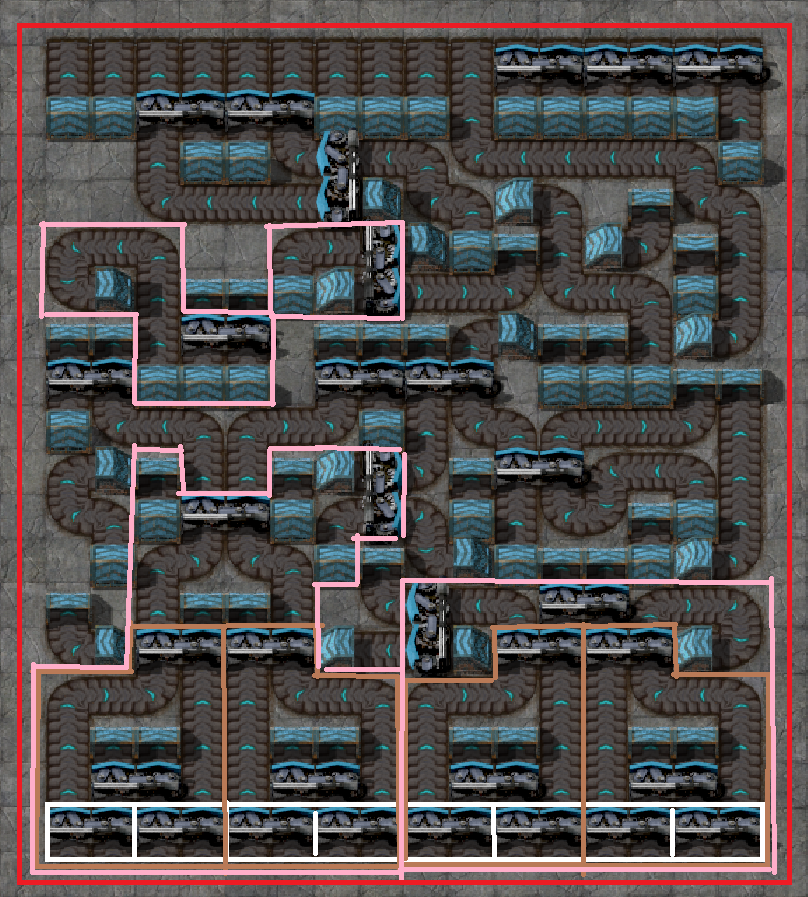The scoring system is as follows: x is the width of the balancer, y is the length of the balancer, n is the number of belt inputs and g is the number of belt outputs.
Score = ((n * g)squared)/(x * y)
So how will these belt balancers be tested? They will be tested by the community. They can either be tested using logical thinking , or placing entities on 2 random input belts at the same time and seeing if it can sort the entities properly.
The creations will need to be submitted as a reply to this post, with a picture, blueprint string,and dimensions in order to be entered for the competition.
If you decide to test some of the creations, and one doesnt work, you will need to post a gif and reference to the design you tried.
Why am i doing this, you may ask? Because I want to see the creative designs you guys come up with!
*Also, please no copying designs from elsewhere








